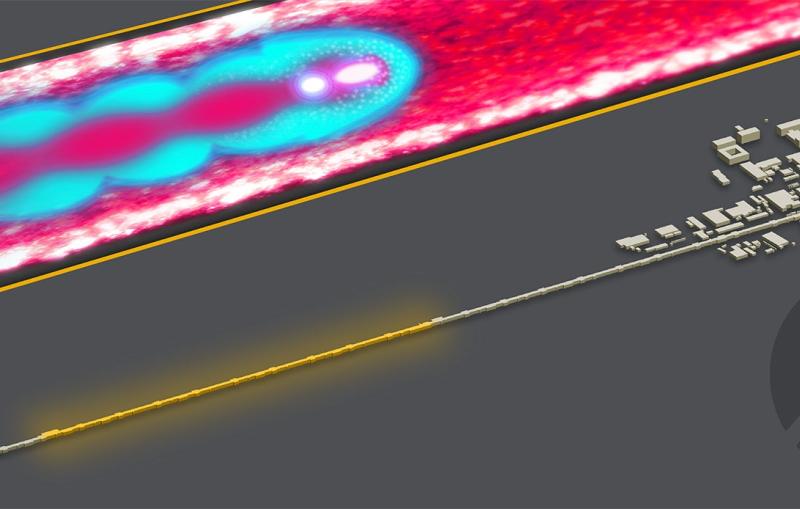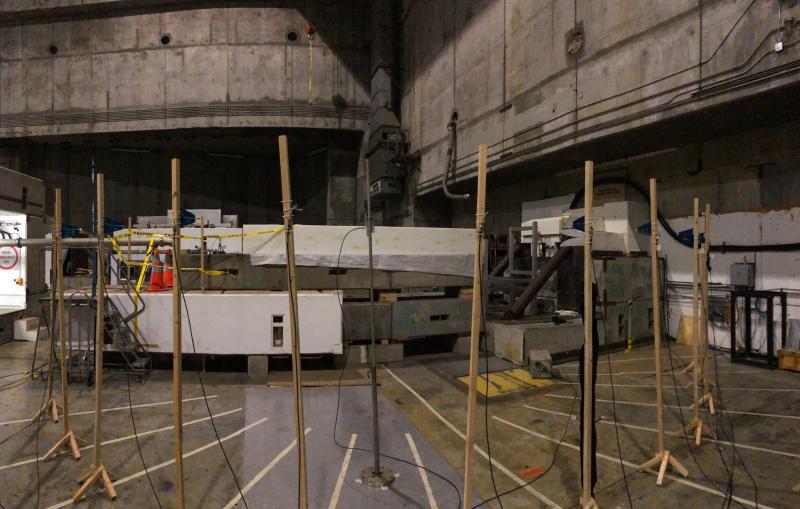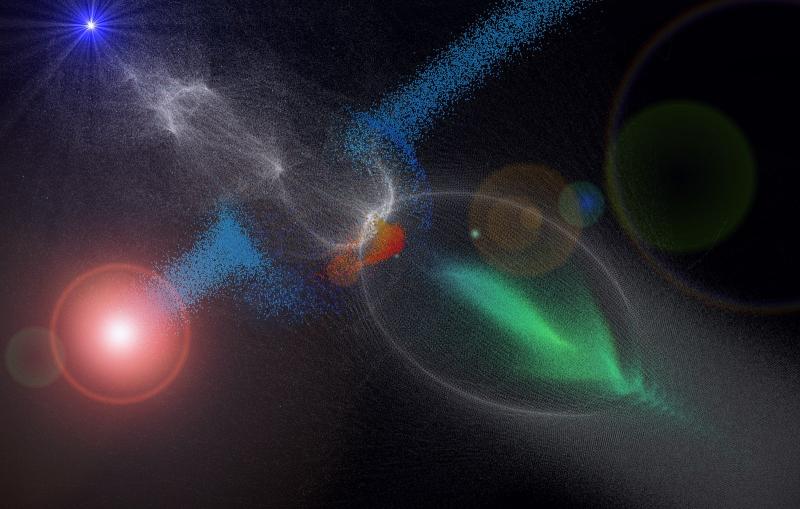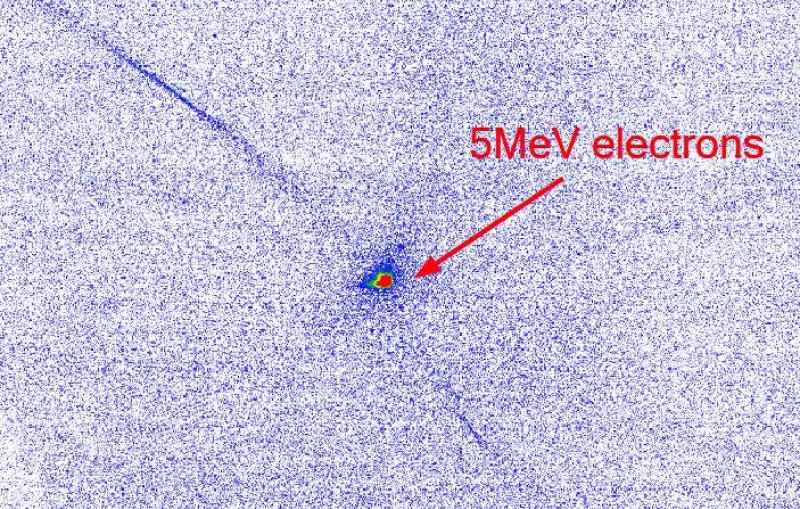March 14, 2019
The potential of plasma wakefield acceleration
Scientists around the world are testing ways to further boost the power of particle accelerators while drastically shrinking their size.
Scientists around the world are testing ways to further boost the power of particle accelerators while drastically shrinking their size.

Dig Deeper





